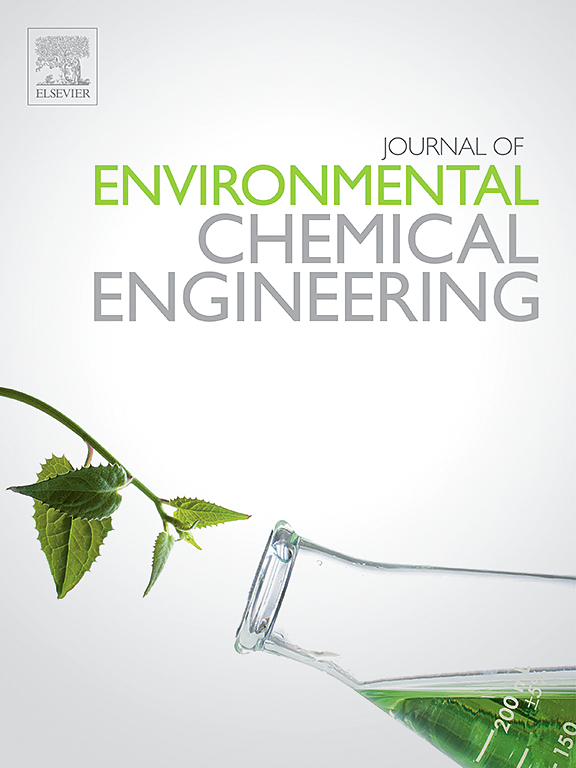非热等离子体辅助二氧化碳分裂过程的最新进展
IF 7.2
2区 工程技术
Q1 ENGINEERING, CHEMICAL
引用次数: 0
摘要
将二氧化碳转化为一氧化碳是缓解气候变化不利影响和生产合成气的重要策略。介质阻挡放电(DBD)等离子体是一种很有前景的二氧化碳分解技术。然而,该技术仍面临一些挑战,如转化率低和能效低。本文总结了目前等离子体催化二氧化碳分解反应的研究进展以及最近对 DBD 等离子体催化系统的优化。从反应器设计、运行参数、放电气体成分、填充材料和催化剂四个方面分析了提高二氧化碳分解反应转化率和能效的方法。重点介绍了提高等离子体催化系统反应性能的主要方法。最后,从气相反应和表面反应两个方面讨论了等离子体催化二氧化碳分解反应的机理,并提出了未来改进等离子体催化二氧化碳分解反应的策略。本文章由计算机程序翻译,如有差异,请以英文原文为准。
Recent progress in CO2 splitting processes with non-thermal plasma-assisted
The conversion of CO2 into CO is a crucial strategy to mitigate some of climate change's adverse effects and produce syngas. The dielectric barrier discharge (DBD) plasma is a promising technique in CO2 decomposition. However, challenges persist, such as low conversion rates and energy efficiency. This paper summarizes current research advances in plasma-catalyzed CO2 decomposition reactions and the recent optimization of the DBD plasma-catalytic system. The methods to improve the conversion rate and energy efficiency of the CO2 decomposition reaction are analyzed from four aspects: reactor design, operation parameters, discharge gas composition, filling materials and catalysts. It highlights the primary methods for promoting the reaction performance in the plasma-catalyzed system. Finally, the mechanisms of plasma-catalyzed CO2 decomposition reactions are discussed from the aspects of gas-phase reaction and surface reaction, and the strategies for improving plasma-catalyzed CO2 decomposition in the future are proposed.
求助全文
通过发布文献求助,成功后即可免费获取论文全文。
去求助
来源期刊

Journal of Environmental Chemical Engineering
Environmental Science-Pollution
CiteScore
11.40
自引率
6.50%
发文量
2017
审稿时长
27 days
期刊介绍:
The Journal of Environmental Chemical Engineering (JECE) serves as a platform for the dissemination of original and innovative research focusing on the advancement of environmentally-friendly, sustainable technologies. JECE emphasizes the transition towards a carbon-neutral circular economy and a self-sufficient bio-based economy. Topics covered include soil, water, wastewater, and air decontamination; pollution monitoring, prevention, and control; advanced analytics, sensors, impact and risk assessment methodologies in environmental chemical engineering; resource recovery (water, nutrients, materials, energy); industrial ecology; valorization of waste streams; waste management (including e-waste); climate-water-energy-food nexus; novel materials for environmental, chemical, and energy applications; sustainability and environmental safety; water digitalization, water data science, and machine learning; process integration and intensification; recent developments in green chemistry for synthesis, catalysis, and energy; and original research on contaminants of emerging concern, persistent chemicals, and priority substances, including microplastics, nanoplastics, nanomaterials, micropollutants, antimicrobial resistance genes, and emerging pathogens (viruses, bacteria, parasites) of environmental significance.
 求助内容:
求助内容: 应助结果提醒方式:
应助结果提醒方式:


